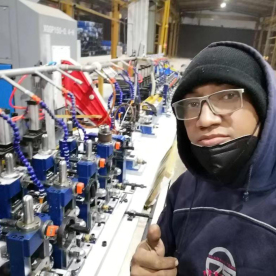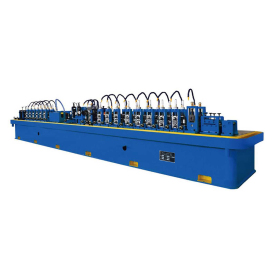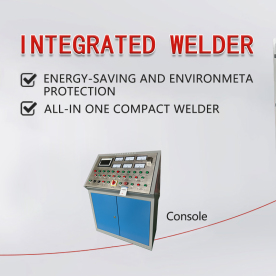[Flying saw machine]Revolutionizing Woodworking: The Impact and Advantages of the Flying Saw Machine in Modern Manufacturing Practices
News 2024-12-26
****
Revolutionizing Woodworking: The Impact and Advantages of the Flying Saw Machine in Modern Manufacturing Practices
The flying saw machine is engineered to perform high-speed cutting tasks automatically, making it exceptionally useful in various industries. This device employs modern technology, utilizing a fast-moving saw blade that can cut materials such as wood, aluminum, and even certain types of composite materials with incredible efficiency. One of the standout features of flying saw machines is their ability to operate without the need for extensive manual labor. This automation reduces the risk of human error, improves safety, and allows human workers to focus on more complex tasks that require creativity and problem-solving skills.
A key component of a flying saw machine is its cutting mechanism, which features a saw blade that moves rapidly through the material. The saw can be positioned at various angles and speeds, allowing for a wide range of cutting applications. One of the most significant advantages of this technology is its ability to make clean, precise cuts in a fraction of the time that traditional saws would require. This speed not only increases productivity but also significantly decreases lead times for manufacturing processes.

Revolutionizing Woodworking: The Impact and Advantages of the Flying Saw Machine in Modern Manufacturing Practices
Moreover, flying saw machines are often integrated into automated production lines, allowing for seamless transitions between different manufacturing stages. For example, materials can be fed into the flying saw directly from a conveyor belt, ensuring a continuous flow of production. This integration further enhances efficiency and reduces the chances of material mishandling. As a result, businesses that invest in flying saw technology can increase production throughput while also saving on labor costs.
Availability of various models is another advantage of flying saw machines. Manufacturers can select machinery tailored to their specific needs, which can vary significantly depending on the materials being processed and the desired output. Smaller, compact flying saw machines can be ideal for workshops with limited space, while larger versions are suitable for high-volume production environments. This flexibility allows businesses to scale their operations based on demand, making it a practical solution for both small and large manufacturing enterprises.
The cost-effectiveness of flying saw machines should also be highlighted. While the initial investment for such advanced machinery might be higher than that of traditional sawing tools, the long-term benefits far outweigh these costs. Increased productivity, reduced waste, and improved quality translate into higher profit margins for businesses. Additionally, these machines often require less maintenance than their manual counterparts, further reducing operational costs.
One cannot overlook the significance of sustainability in modern manufacturing practices. The flying saw machine contributes to more sustainable operations by minimizing waste with its precise cuts. Traditional saws often produce excess scraps, which can be detrimental to the environment and raise production costs. In contrast, flying saw machines are designed to optimize material usage, leading to a reduction in waste and an increased commitment to sustainable manufacturing.

